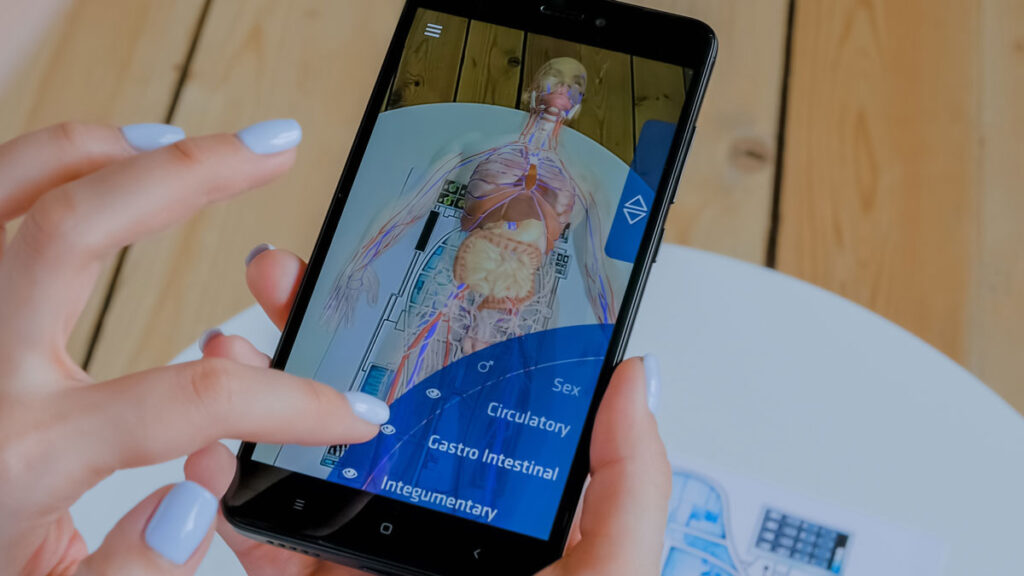Pharmacy education and training is, for an obvious fact, crucial in ensuring that healthcare professionals are equipped with the necessary skills and knowledge to provide safe and effective care to patients. However, traditional methods of teaching and learning may not always provide learners with the most engaging and immersive experiences suitable for modern medicine practices. This is where augmented reality (AR) emerges as a powerful tool for pharmacy education and training in the 21st century learning environment.
AR involves overlaying digital information onto the real world, creating a virtual environment that users can interact with in real-time. In the pharmaceutical industry, AR can provide learners with hands-on experiences and simulations that closely mimic real-life scenarios. This technology can also enhance patient experiences by providing them with interactive and engaging visualisations of medication effects on their bodies. For patients and professionals alike, the beneficial applications of augmented reality pharmacy integrations are far-reaching.
In this article, we will explore the benefits of augmented reality in pharmacy education and training in more detail, examining how AR can improve learning outcomes for pharmacy students and professionals, enhance patient experiences, and aid healthcare professionals in providing safe and effective care. We will also highlight some of the most innovative applications of AR in the pharmaceutical industry and discuss the potential impact of this technology on the future of pharmacy education and training.
Augmented reality in the pharmaceutical industry
Augmented reality has significant potential within the pharmaceutical industry. It can improve patient and student education and training in a myriad of ways, enhance patient experiences, and aid healthcare professionals in providing safe and effective care.
One of the main advantages of implementing AR in pharmacy education and training is gaining the ability to provide hands-on learning experiences in a safe and controlled environment. AR can simulate real-life scenarios, allowing pharmacy students and professionals to practise their skills and knowledge without any risk to patients. In an industry where risk management is paramount, this is an appealing prospect. In addition, AR technology can provide immediate feedback, allowing learners to identify and correct mistakes in real-time – without causing harm to patients.
Education and training extends beyond pharmacy and medical students and professionals already established in the sector; AR can benefit patients by providing them with a more engaging and interactive educational experience. With AR, patients can visualise the effects of medications and treatments on their bodies, allowing them to better understand the benefits and potential side effects of their medication. This can improve patient satisfaction and adherence to medication regimens, and improve patient outcomes overall.
Furthermore, AR in pharma can provide healthcare professionals with access to real-time patient data and medication information, allowing for more informed decision-making, as well as assisting in drug identification and dosage calculations, reducing the risk of medication errors.










